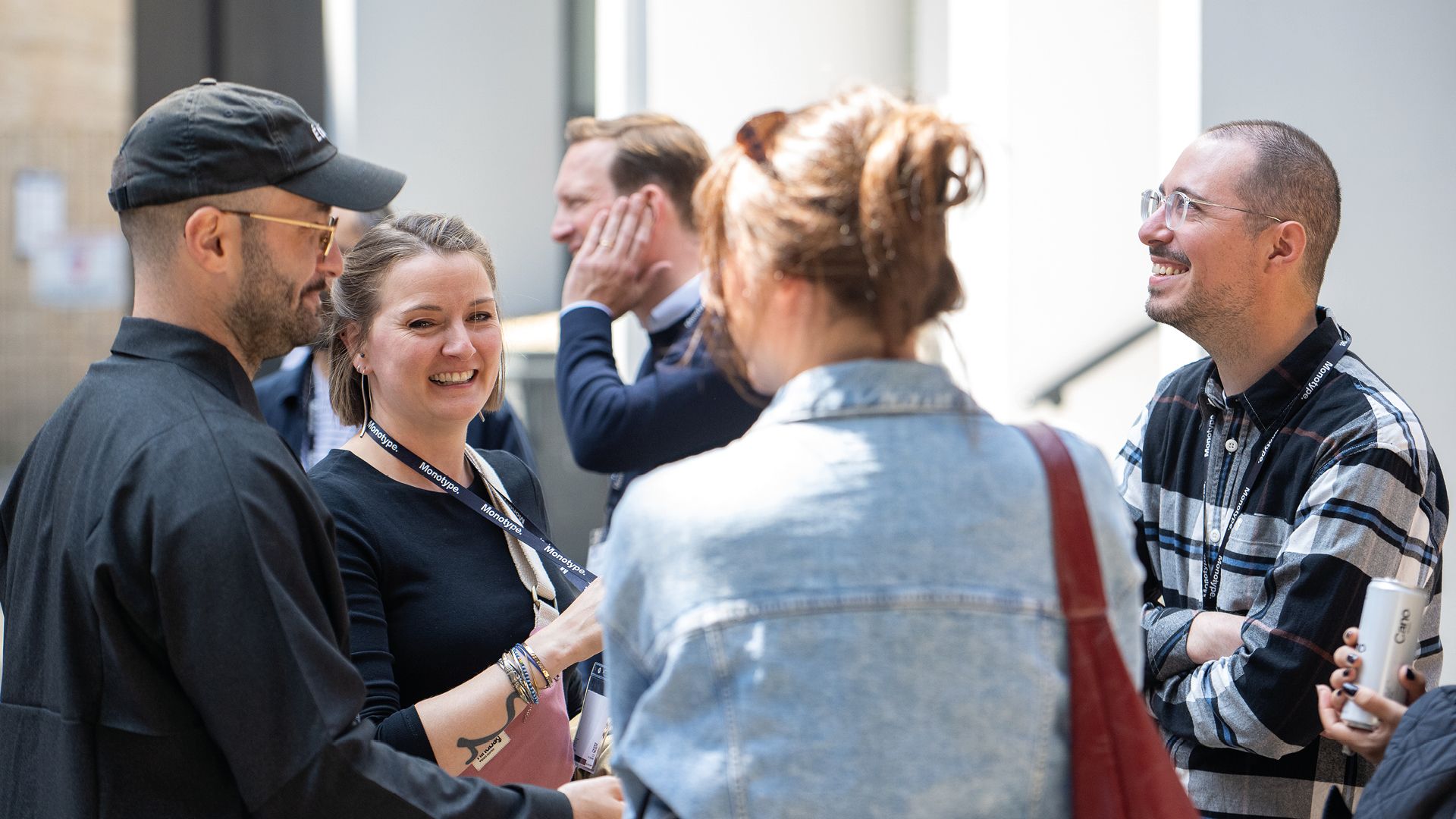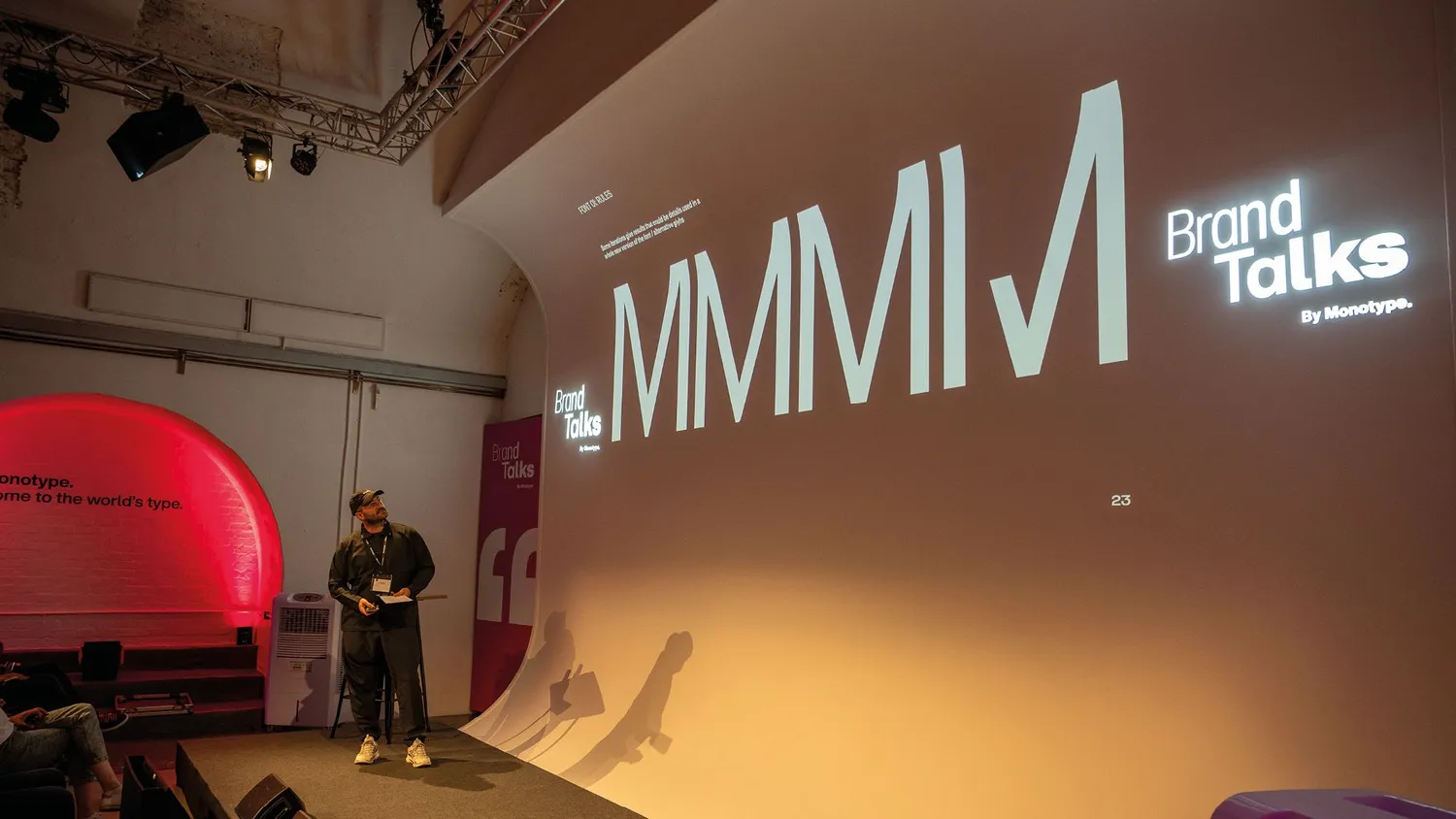
By Sebastien Hayez. Published June 18, 2025
Designing fonts with AI
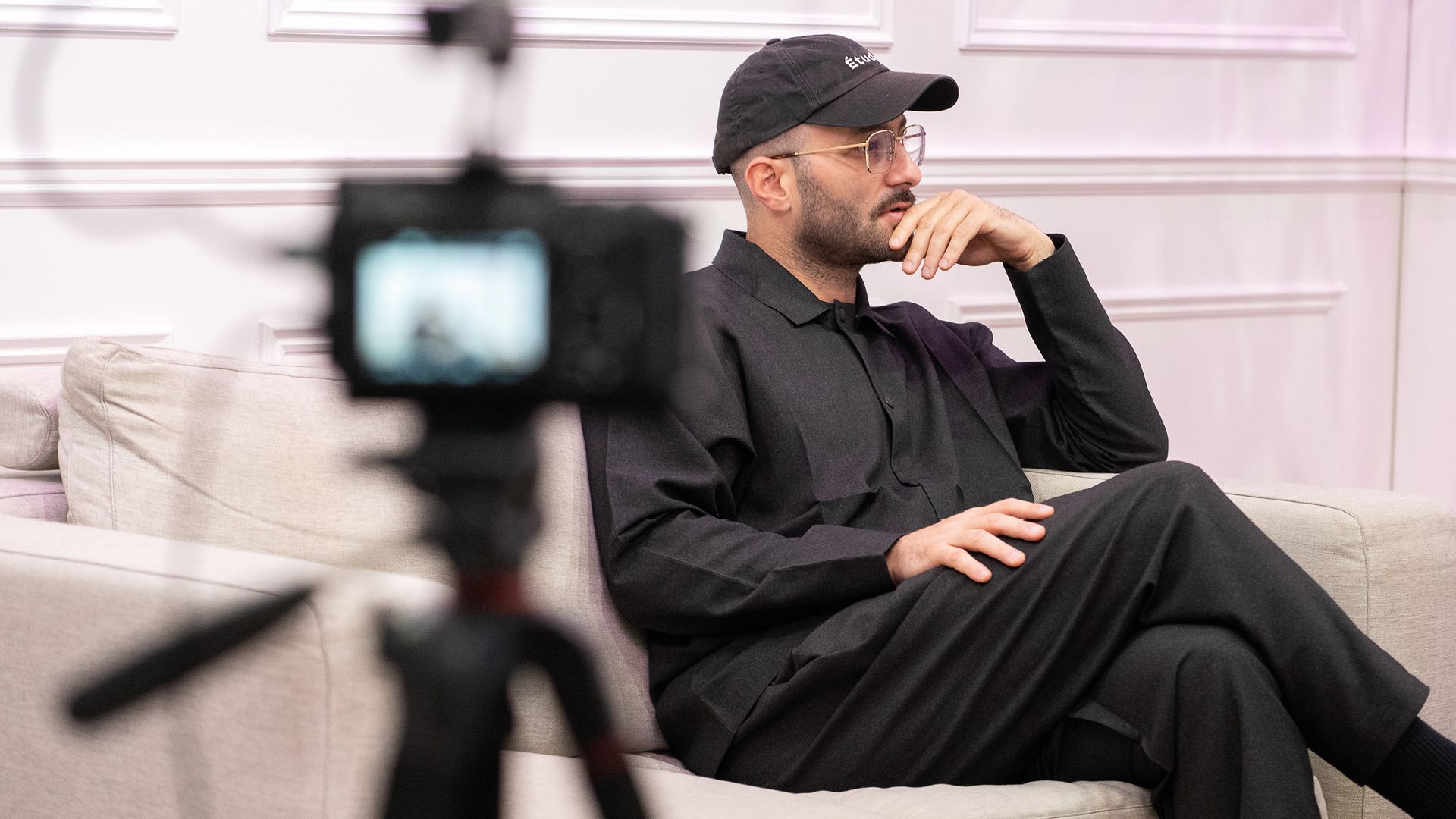
Typographic art between hand, machine and AI
Art is born from the meeting between creativity and technique: without the latter, the idea remains an invisible skeleton, an empty shell. The first type designers were often themselves punchcutters. And yet, while the hand executes, it is the eye that judge. Typographic design, as a conceptual form, can then be faithfully materialized - whether in metal, on typesetting film, or today, through Bézier curves.
Technology has always been at the service of the type designer, giving him or her extensive control over the production chain. Digital technology, in particular, has proved invaluable in automating the most repetitive tasks: interpolating weights, generating obliques and creating diacritical glyphs.
To date, the use of artificial intelligence in typographic design remains more a source of speculation and fear than concrete realization. The first experiments, while promising, often produce superficial or deliberately playful results: 3D letters, photorealistic renderings... but badly stretched curves, incoherent serifs and an overall lack of graphic cohesion. All of which are still too approximate to convince the industry's professionals.

"Our collaboration with Monotype, a historic company in our sector, opens up promising horizons for the future of typographic design. This partnership, more than just an expansion of the distribution of our fonts, is perfectly in line with our mission to provide designers with tools that stimulate creativity and push back the boundaries of design."
A few months later, the French foundry joined Monotype's research team to experiment with its generative AI tool. Critical feedback was unveiled during Brand Talks in London on June 12, 2025.
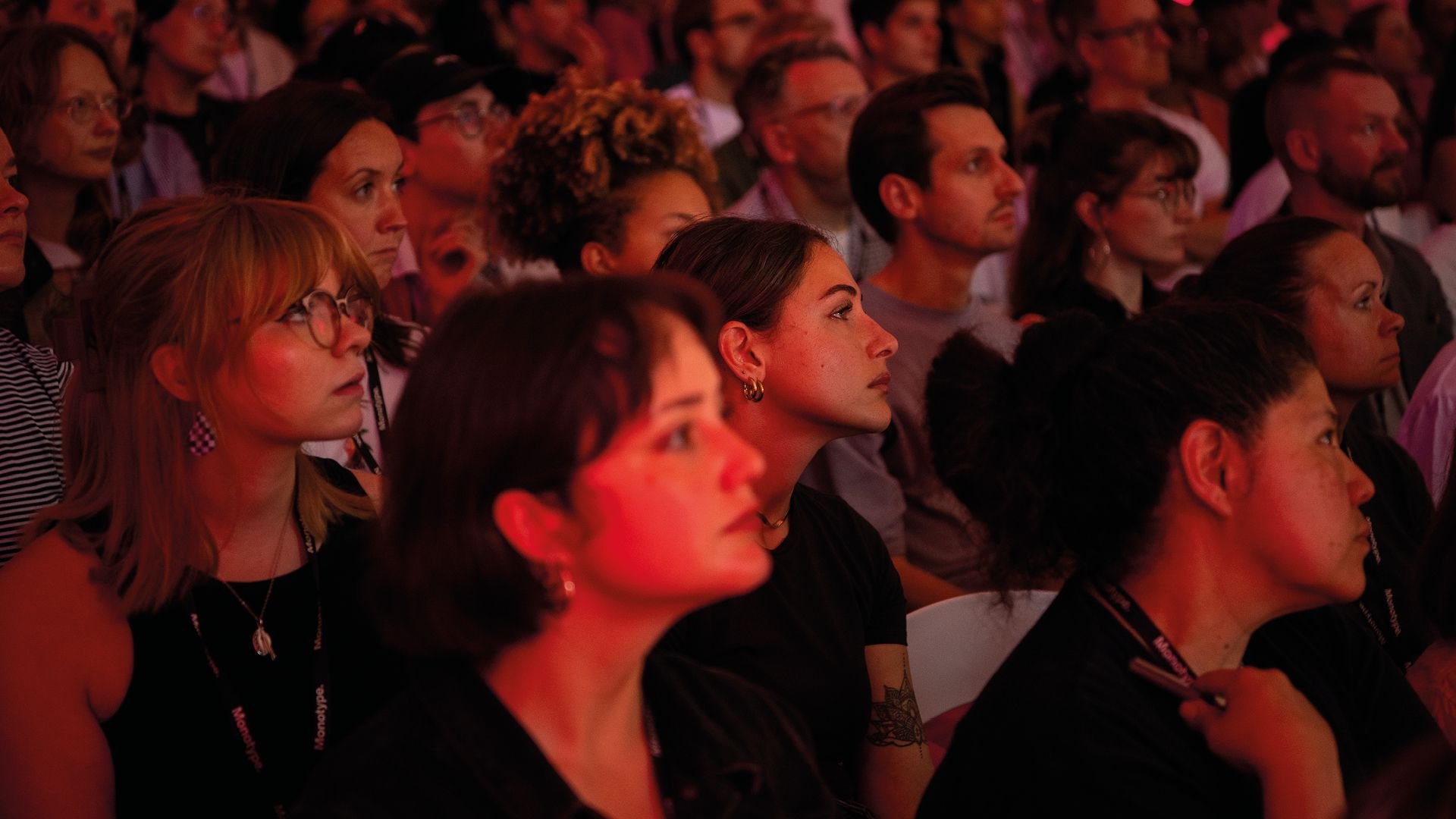
A rigorous protocol for typographic AI
After a brief presentation of the foundry and its emblematic creations, Matthieu Salvaggio sets out the experimental framework. Monotype's AI is based exclusively on typography property of the brand. Each glyph is stored into Bézier curves, making it possible to generate an entire alphabet from a few vector characters from a single font - in this case, Apoc, Fusion, Rules, Sagittaire and Sizek.
The approach requires no text prompt. The type designer simply feeds a few glyphs into the system, which the AI uses as a basis for extrapolating the others.
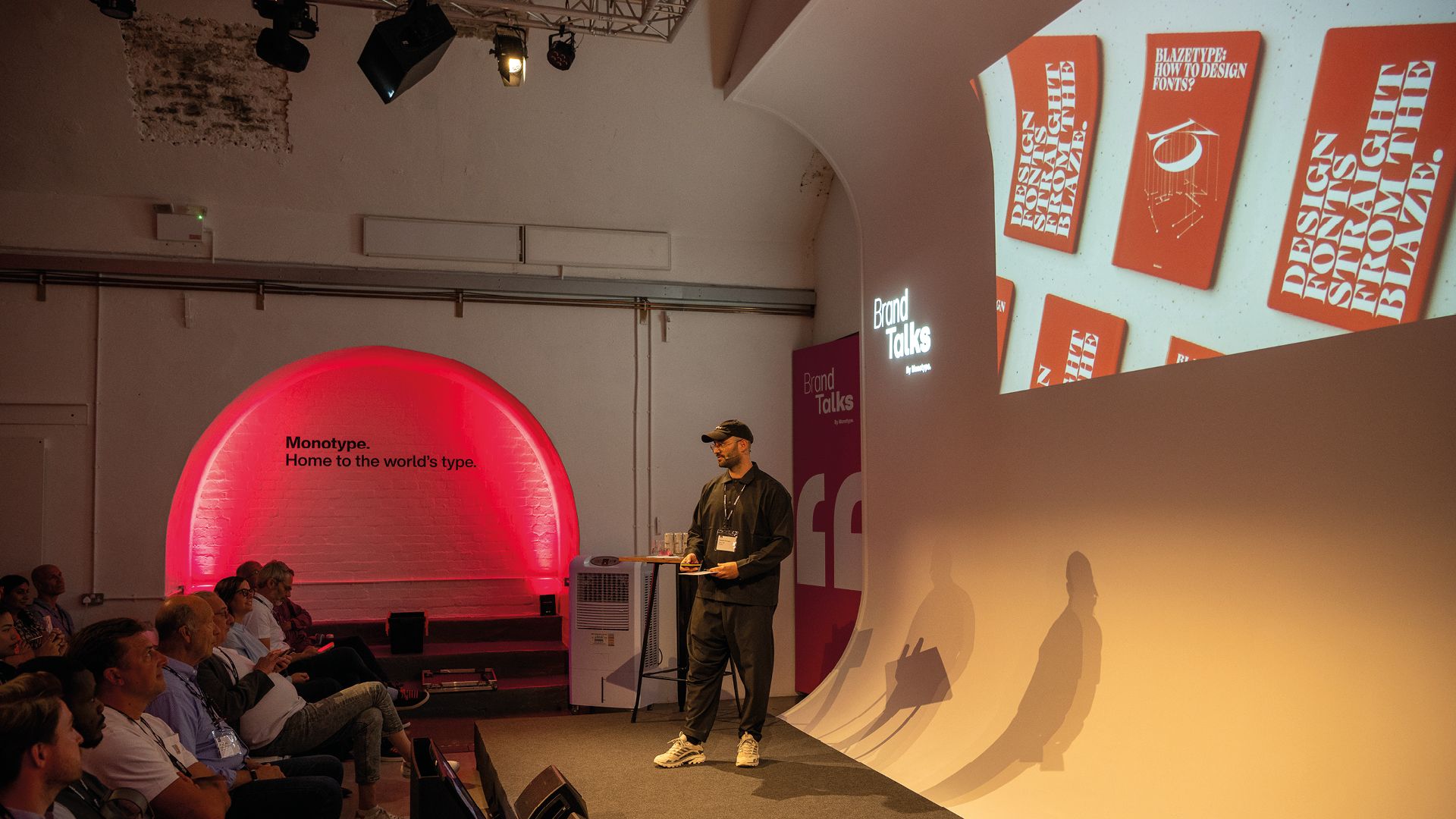
“For type design students, it’s a common type design exercise to take a few letters from a street sign, for example, and develop out the rest of the font based on those characters. (...) It was quite interesting to see what the AI designed, it really felt like a student approaching the subject. (...) We were really inspired by the idea of comparing AI to a student and I think we had good results in that sense.”
The Blaze Type team has therefore drawn up a strict protocol, based in particular on the famous "Hamburgefonstiv": a sample of letters supposed to reflect the diversity of typographic forms. This test highlights the AI's ability - or inability - to reconstitute an entire alphabet from this minimal base. One of the major challenges lies in the imbalance between numerous lower-case letters and single capitals, a disadvantage for the AI.

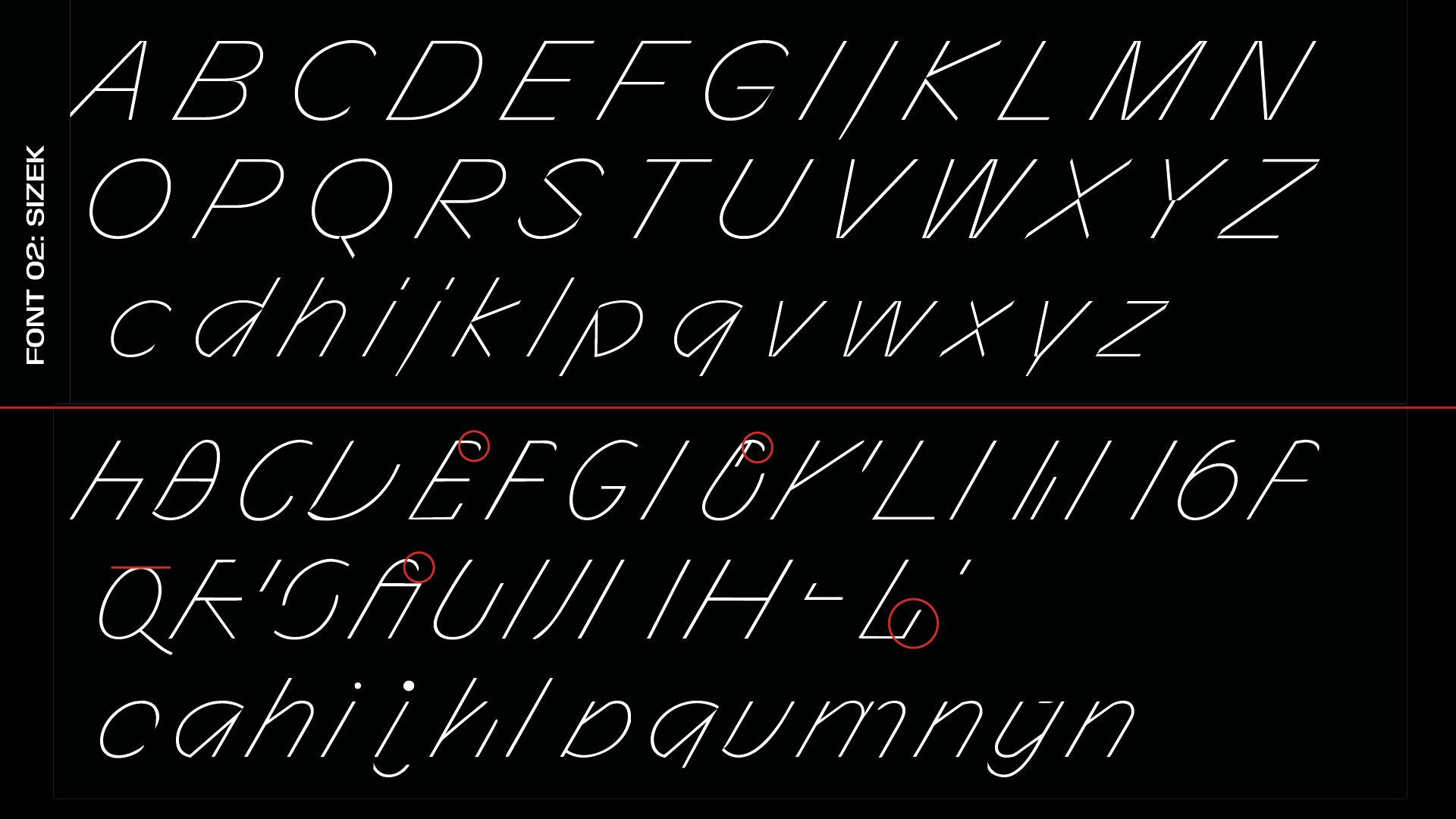
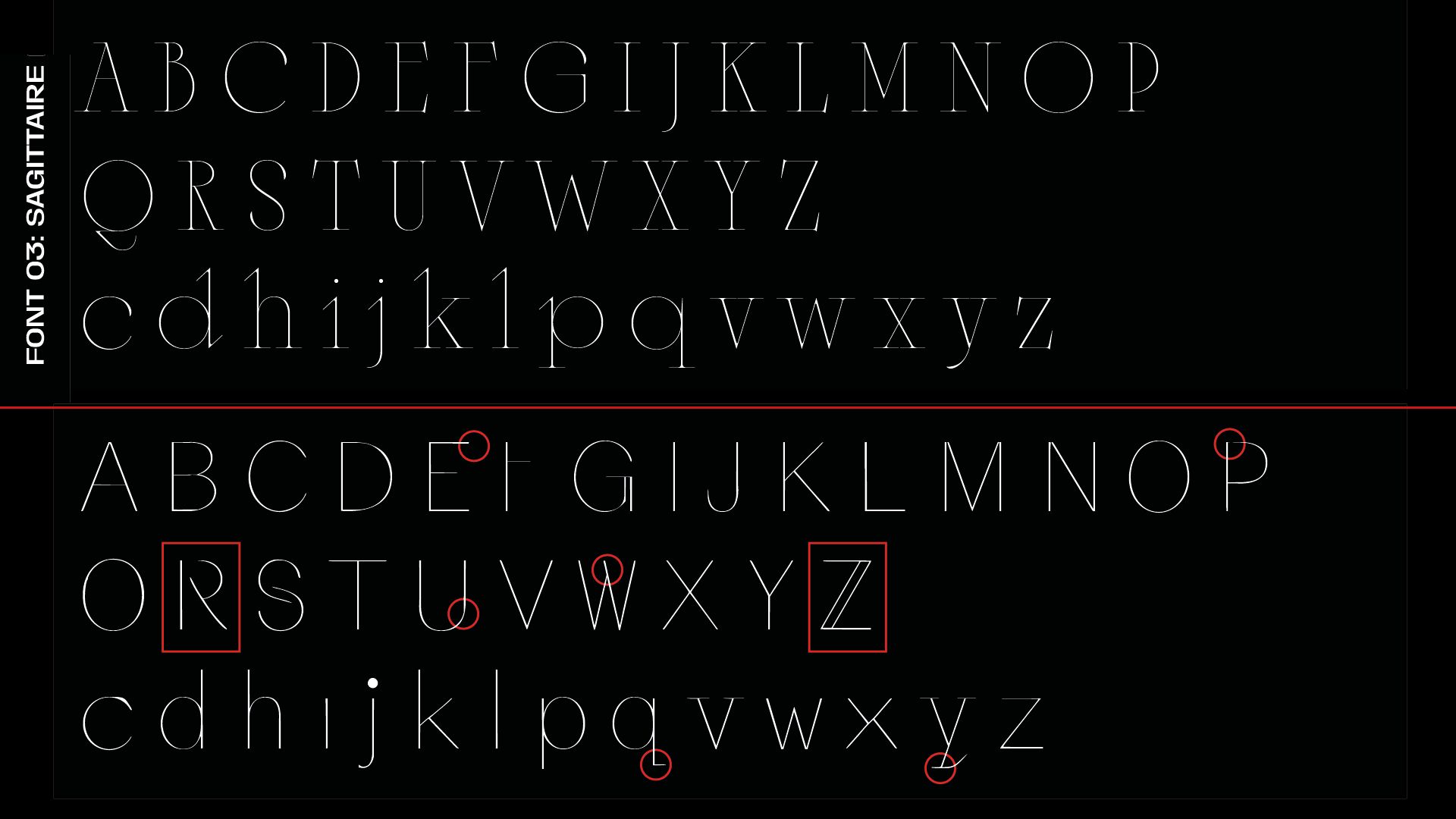
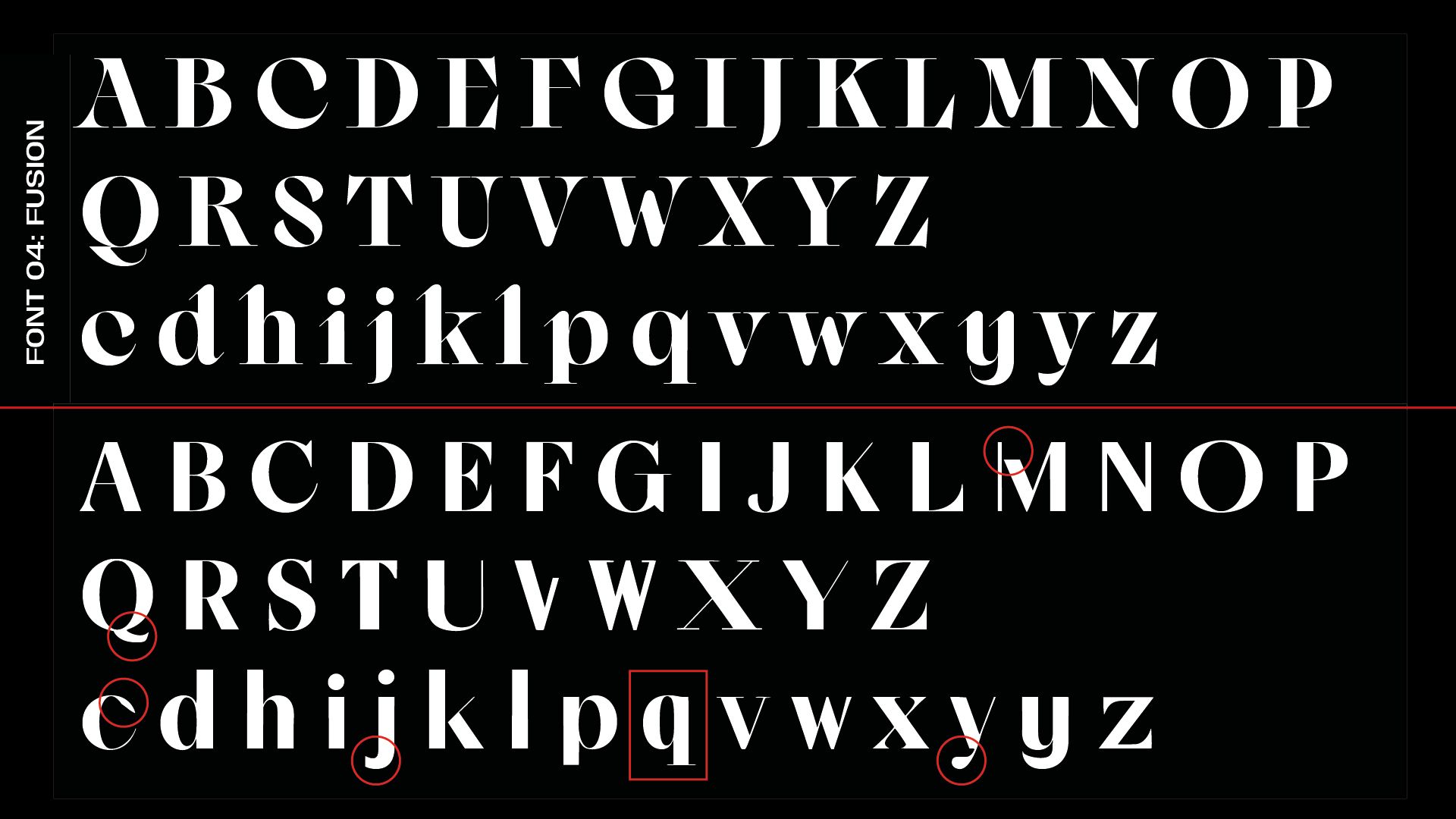
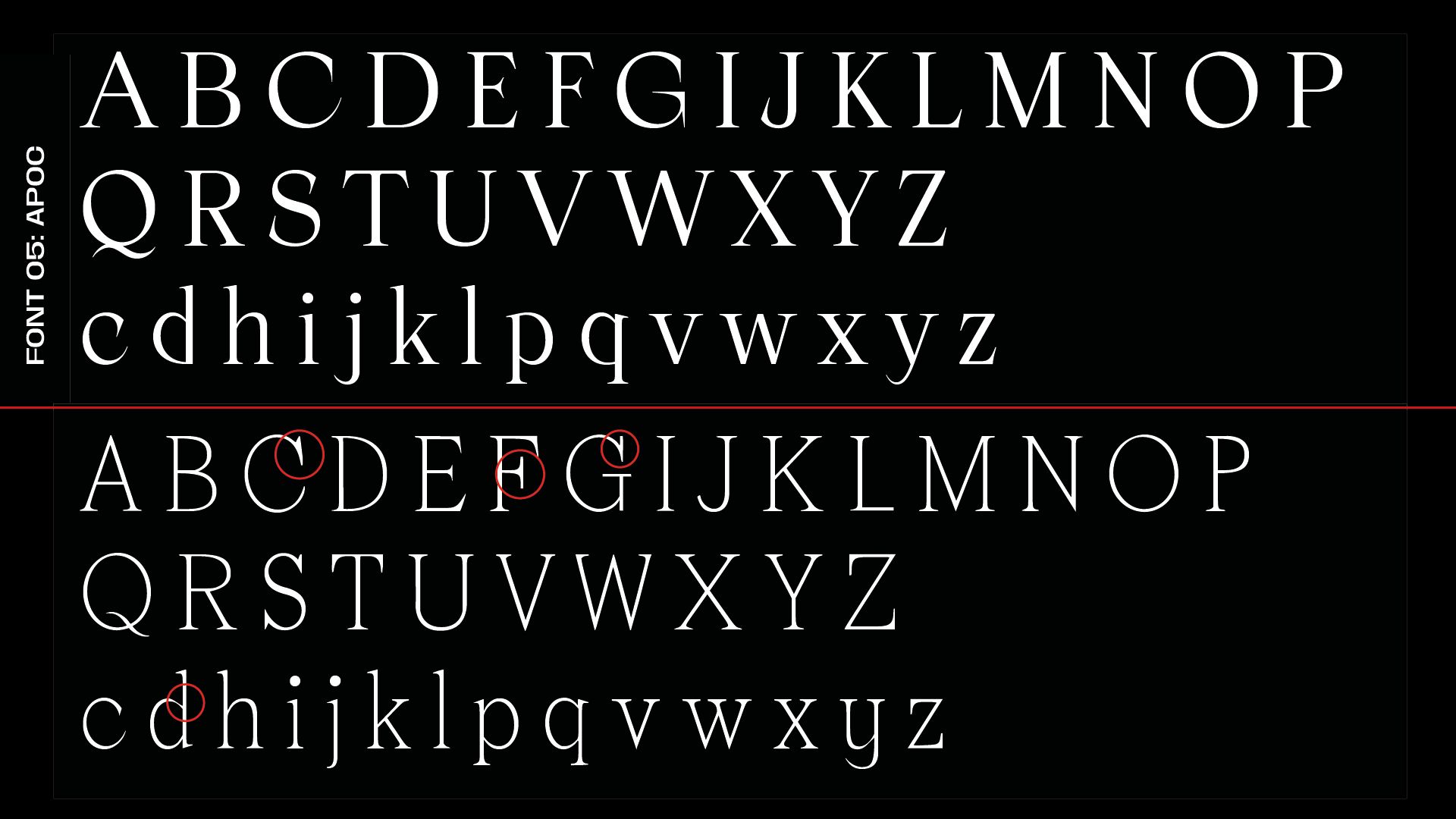
Results: between promises and approximations
The flaws are still numerous:
- curves lacking tension or precision;
- failure to respect x-height;
- too narrow a caster for several glyphs;
- missing or inconsistent serifs (adding slabs to fonts without);
- and above all, isolated stylistic choices that break the overall coherence.
But these "accidents" can paradoxically open up unexpected avenues. Certain atypical characters generated by AI can be used as alternates, to create new titling variants, or even to initiate the creation of new type families.
And let's not forget the rapid progress of generative tools. Between the summer of 2023 and today, the quality of AI productions in images and text has made a significant leap forward. It's therefore reasonable to imagine a similar evolution for typography.

1. possible alternates glyphs,
2. broken stem variants
3. interesting serif variation
4. lower waist, spurless & low contrast variants
“But it is also a marvelous thing to witness and use and discover. If we manage things well, it’s going to be an amazing adventure to be working with AI in our day-to-day activities. Production-wise, I think AI is going to be a massive game changer. I’d like to keep my eye on how AI will integrate with concepting, but it’s certain that people are going to use AI on projects from A to Z at some point.”
Towards a well-guided “trainee” AI?
Imagine a better-guided AI, fed by a more relevant glyphset: ABEHOV for capitals, abgov for lowercase. These letters contain fundamental structures from which many other characters can be deduced. E prefigures F, L, H; B and O give rise to C, D, G, P, Q...
We could even envisage an AI capable of extrapolating weights (from Hairline to Ultra Black), optical corrections (Titling, Text, Caption), variants (Italic), even linguistic extensions (Greek, Cyrillic). In the long term, why not hope for intelligent automatic kerning, or complete generation of diacritical characters without having to manually place anchors?

Type design is an art of patience, made up of micro-adjustments, meticulous observations and subtle decisions. As such, AI won't replace the designer's eye or intention, but it promises to become a valuable assistant. By automating repetitive tasks, it will free up time for what lies at the heart of the discipline: formal invention, visual coherence and the emotion of signs.
The future of typography will not be written by machines, but with them. But the type designer must know how to train the tool to meet his requirements.
